I read this post about feature scaling: all-about-feature-scaling
The two main feature scaling techniques are:
min-max scaler- which responds well for features with distributions which are not Gaussian.Standard scaler- which responds well for features with Gaussian distributions.
I read other posts and examples, and it seems that we always use one scaling method (min-max or standard) for all the features.
I haven't seen example or paper that suggests:
1. go over all the features, and for each feature:
1.1 check feature distribution
1.2 if the feature distribution is Gaussian:
1.2.1 use Standard scaler for this feature
1.3 otherwise:
1.3.1 use min-max scaler for this feature
Why we are not mixing the scaling methods ?
What is wrong or disadvantages with my proposal ?
